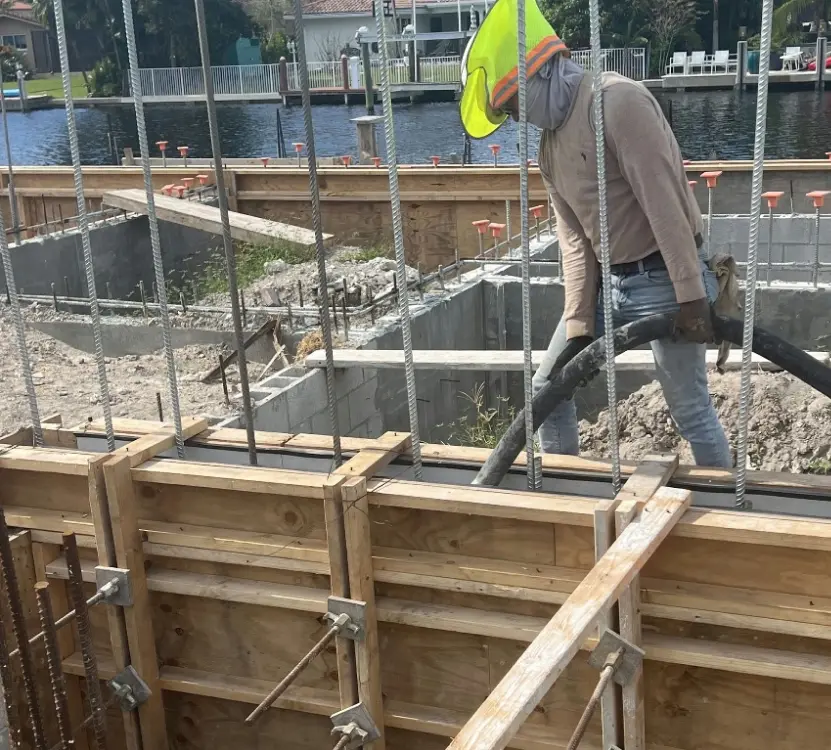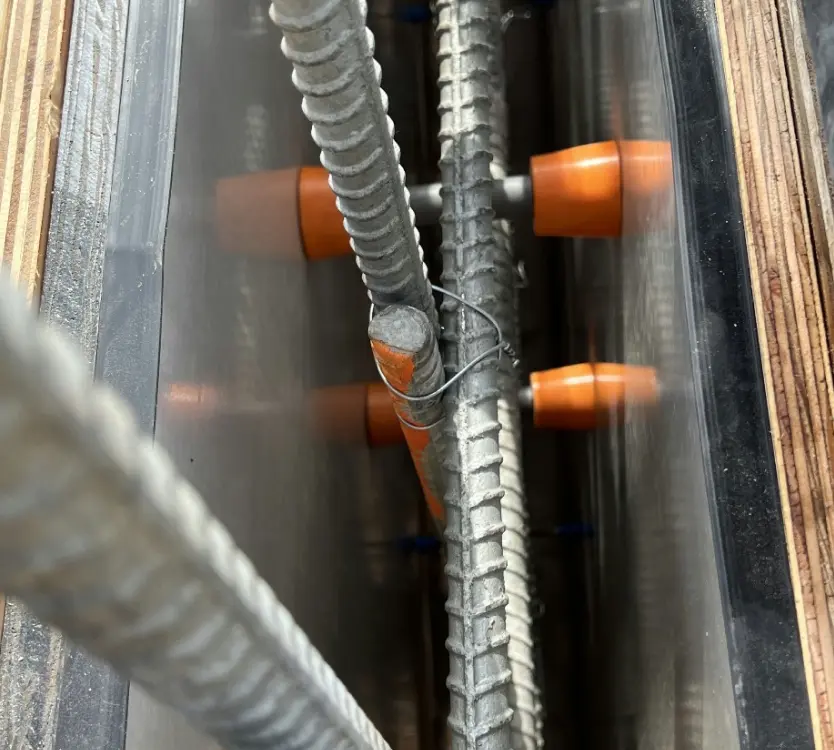13 August 2024
The Complexity of Architectural Concrete: 485 Sunset Drive, A Case Study.

Engineering
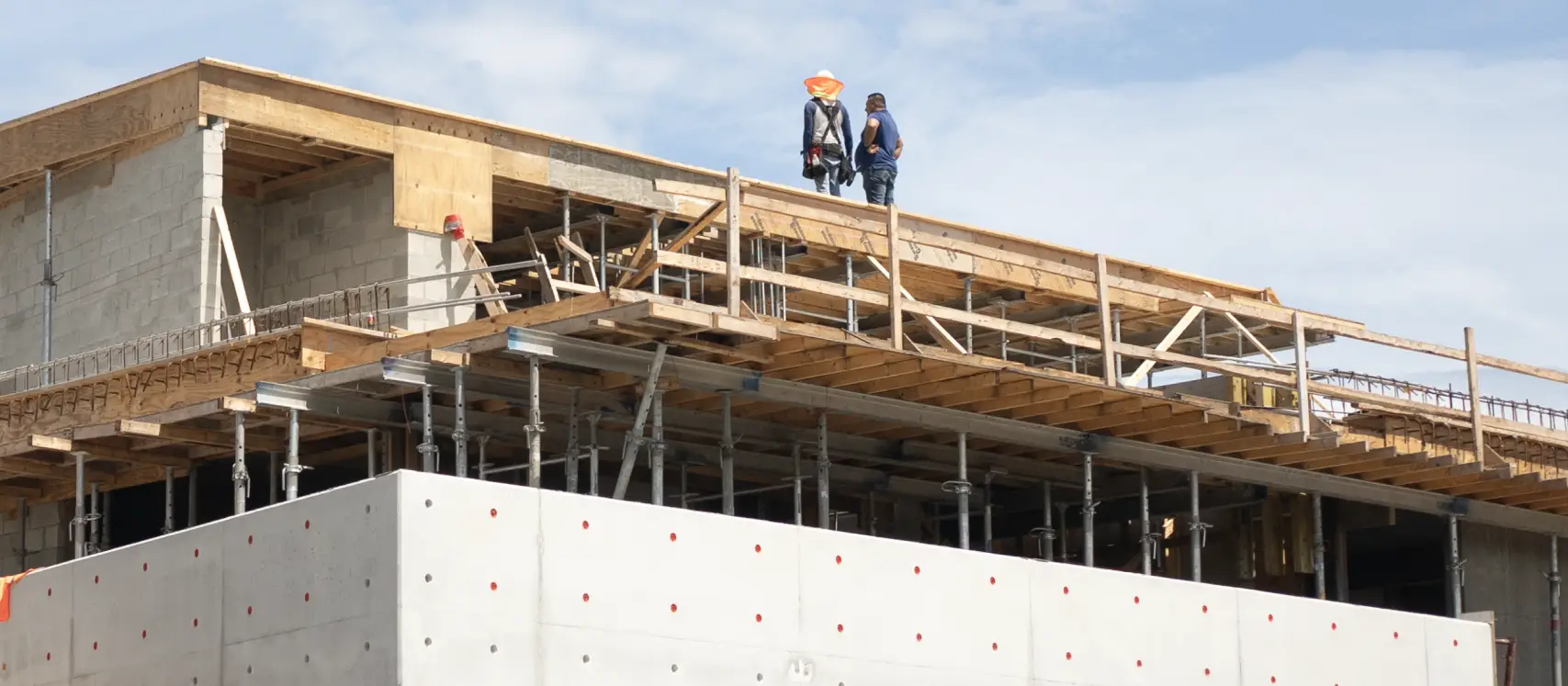
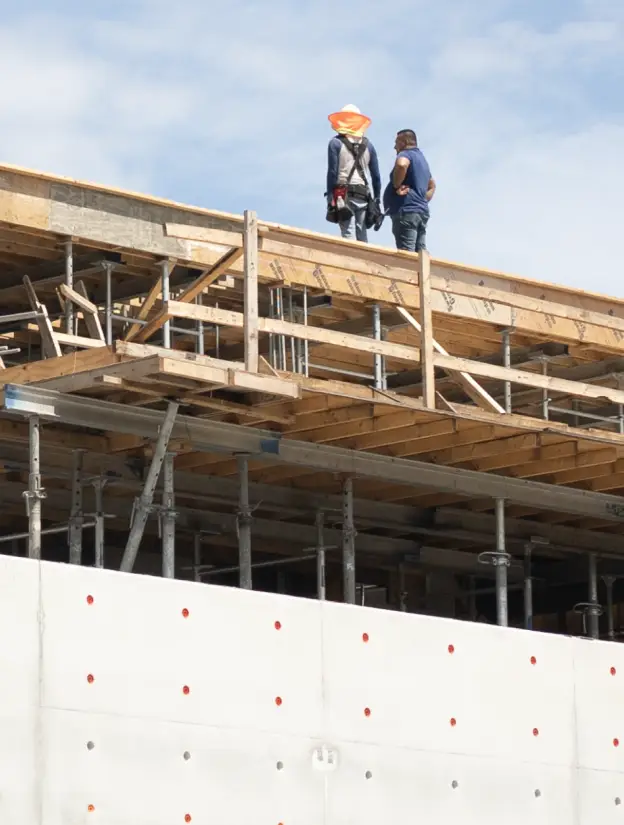
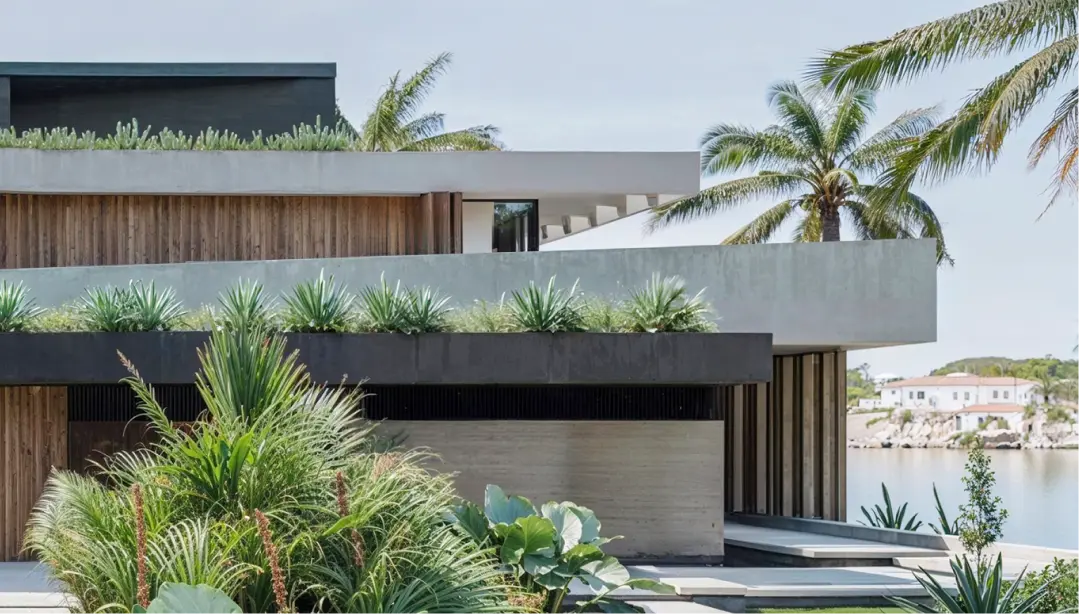

Our Approach: Agile/PDCA Method


01. Design the Architectural Concrete Look
02. Rebar Design and Placement
Spacing: Rebars need to allow for larger separation from the formwork.
Materials: Exposed concrete requires galvanized rebars, stainless steel wire for tying, and careful consideration of South Florida’s salty air environment to ensure the galvanized steel remains in optimal condition.03. Formwork Design
Specifications: Formwork must be designed to accommodate the wall sizes and fasteners.
Capacity: Fasteners must match the concrete mix’s pressure, especially since exposed concrete often uses a highly liquid mix that adds extra pressure at the bottom and requires additional sealing.Coordination: Formwork must align with other materials, such as soil, which also requires sealing.
Materials: Plywood used can only be used once and must have a specific film. Depending on the concrete type, vibration may or may not be used—SCC (Self-Consolidating Concrete) cannot use vibration.
Tightness: Ensuring formwork is tight to prevent leakage of cement paste, which can cause surface defects. Proper sealing of formwork joints is crucial.
Form Release Agents: Appropriate form release agents are used to prevent concrete from sticking to the formwork and to achieve a smooth surface. Compatibility with the concrete mix and formwork material is vital.
Cleaning and Maintenance: Regular cleaning and maintenance of formwork to prevent defects in the concrete surface. This includes removing any residues from previous pours and ensuring the formwork is free from damage.
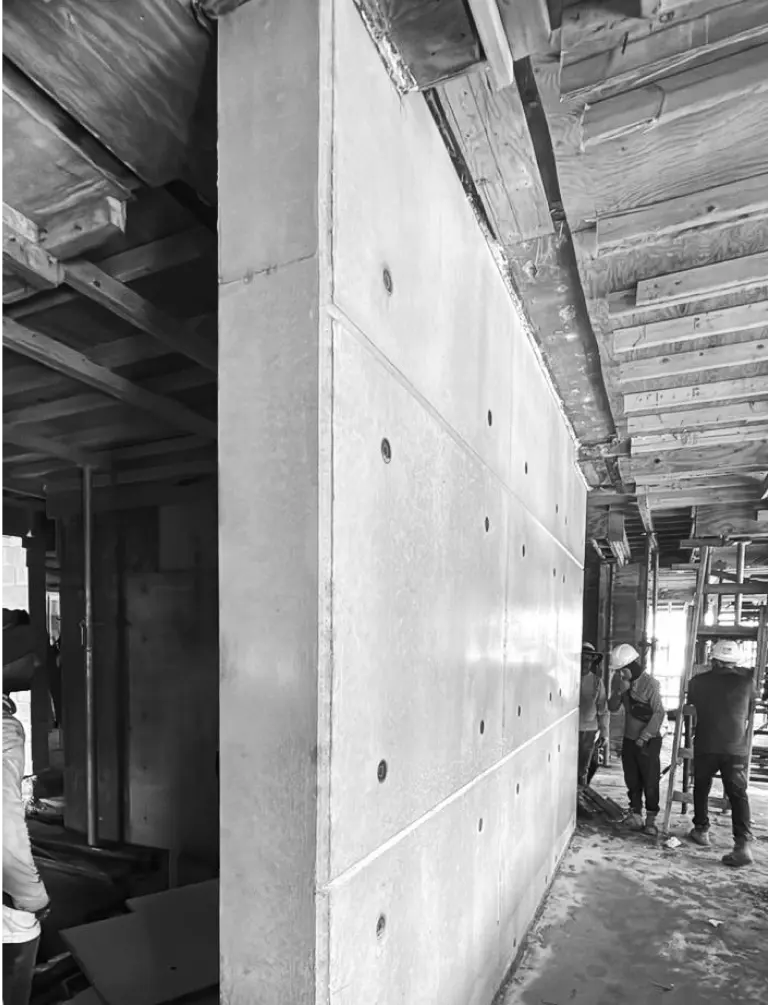

04. Concrete Mix Considerations
Timing: The size of the pour is critical. Florida’s heat accelerates the curing process, and the concrete will harden quickly, so we aim to avoid unexpected lines.
Additives: The mix needs additives to delay curing, improve elasticity, and reduce microcracks.
Execution: Each concrete pour for an element must be completed within 30 minutes.
Preparation: All necessary concrete must be ready on the truck before starting, as the process cannot be paused once it begins.
05. Pouring Sequence
Sealing: Ensuring complete sealing of the formwork is crucial,
requiring strong support for the fasteners.
Order: We pour the slabs first and then the shear walls to ensure a better connection.
Mock-Up Panels: Creating mock-up panels to ensure that the final product meets aesthetic and quality standards. These panels replicate the actual construction as closely as possible, including materials, formwork, and finishing techniques.
Attention to Detail: The liquid nature of SCC mix demands extra care, particularly with exposed beams and shear walls that have double exposed sides. This must be considered both structurally and aesthetically, including where each pour will stop and the number of pumps used.
Curing Procedure: We follow a stringent curing procedure to ensure
the concrete achieves the desired strength and durability. This
includes controlling the temperature and moisture levels to prevent cracking and ensure uniform curing.
